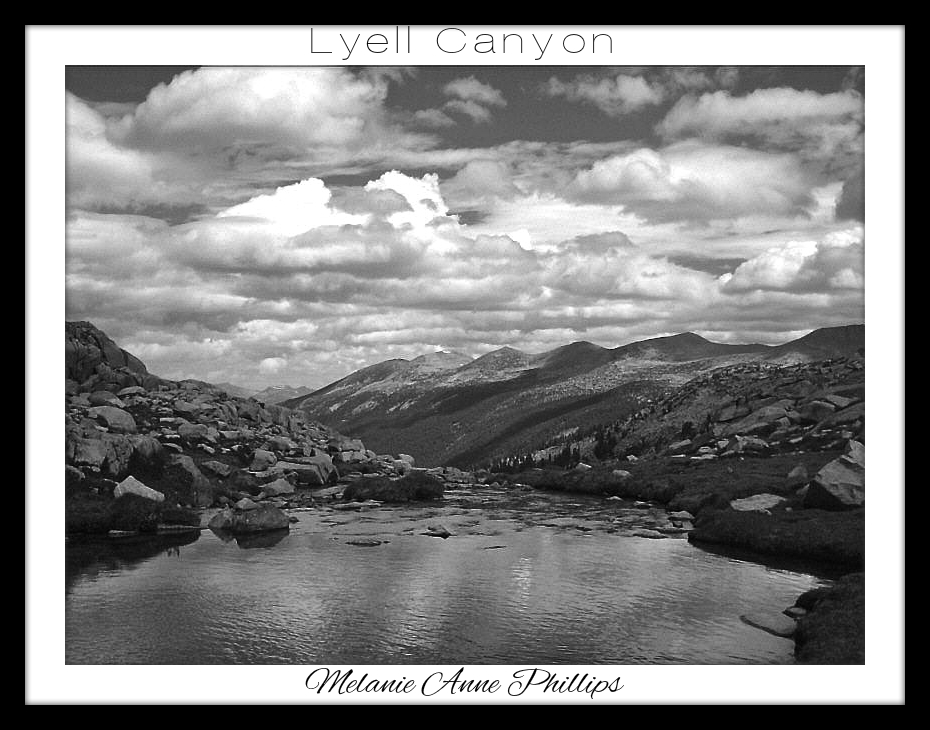Some artists are driven by angst, others by desire.
Angst is the emotion of lack – that things are unfulfilled, unsatisfied, not as they should be. And the work of art driven by such feelings is designed to fill the hole, to satisfy the need, to put things right.
Desire is the emotion of eagerness – that opportunity exists, untapped, and holds promise. And the work of art driven by such feelings is designed to seize the moment, actualize the potential, and fulfill the promise.
Some say stories must be driven by a problem, and though this is one way to inject drive in a narrative, the alternative motivation of desire serves equally well to propel the story forward.
Either source of propulsion for a character creates a goal – that expected conclusion in which things are better than before. But regardless of whether the character tarries from angst or desire, the experience along the path to that goal may be a positive or negative one.
Overcoming obstacles and meeting requirements might be felt as progress toward that better future, or as a drain that threatens to outweigh the benefits that would be gained from achieving the goal.
These four factors – positive/negative drive and positive/negative experience create a quad – a group of four elements comprised of two bonded pairs with one pair pertaining to the sate of things and the other to the process.
This particular quad is represented in the Dramatica theory of narrative structure by Goal/Consequence and Dividends/Costs.
Goal is the desired end state, consequence is the angstful state that either currently exists or will come to exist if the goal is not met. Dividends are the positive byproducts or collateral benefits either obtained or enjoyed during the effort to achieve the goal (and avoid the consequence), whereas Costs are the negative byproducts or collateral detriments that become attached or must be experienced during that effort.
Narratives and real life. Each operates with the same dynamic system. The structures of fictional narratives provide guidelines to help us cope and prosper when faced with similar dynamics in our own worlds.








